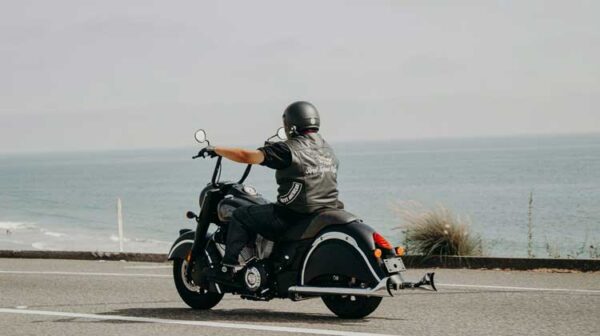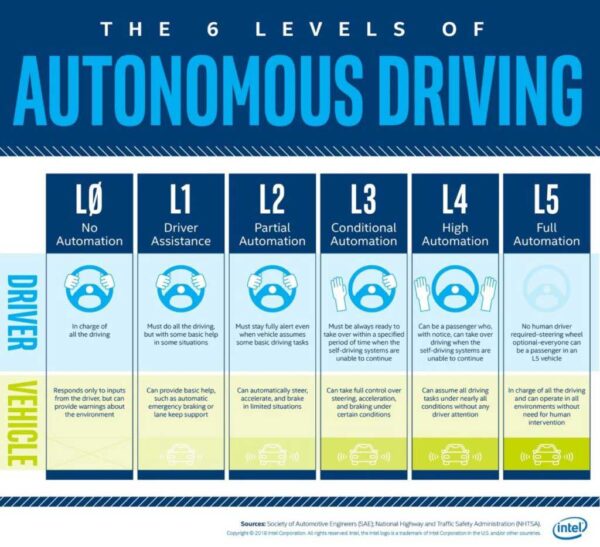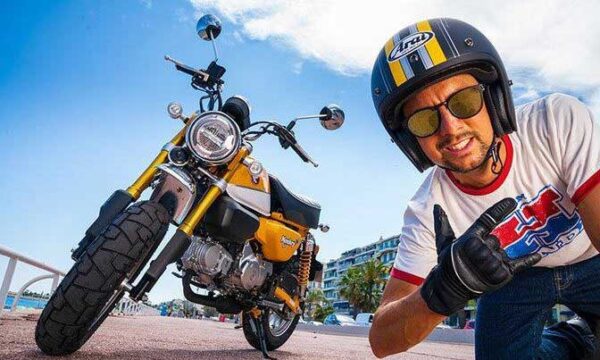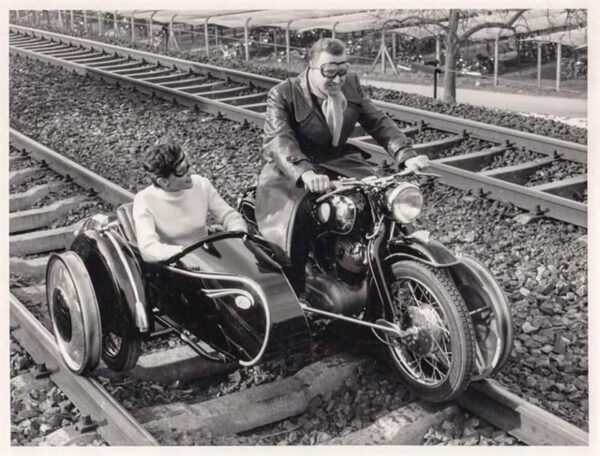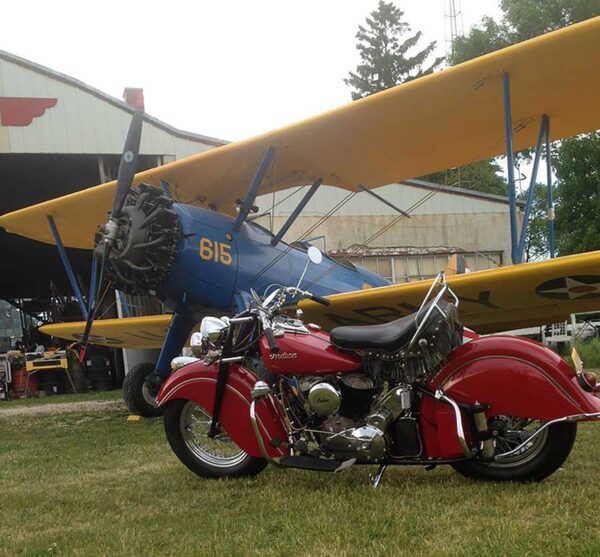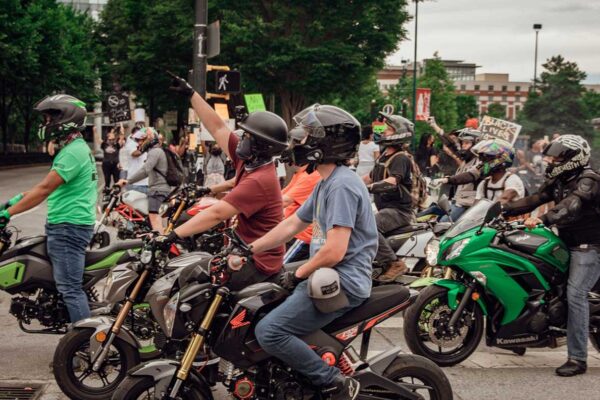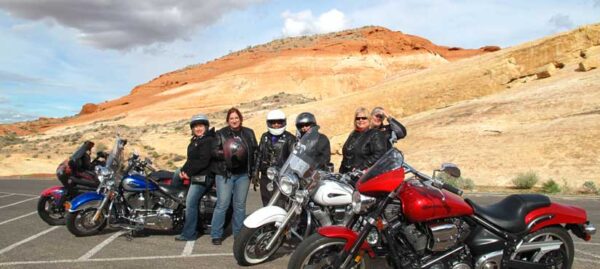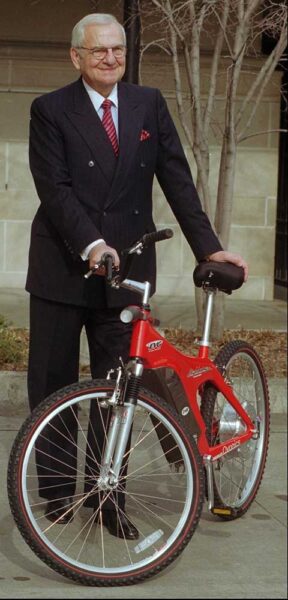Traveling but can’t bring your motorcycle? Here are a few solutions
from https://www.traveldailynews.com One of the primary reasons why people travel is to get away from their day-to-day hard-knock lives and relax on an island away from all the noise. Although leaving the noisy city to a remote location brings a high level of calmness and serenity, many people still like to be very active while on vacation. One major group of people in this category are bikers. Whether they are in Cancun or Fiji Islands, bikers love to have their motorcycles with them and don’t like to go too long without riding. If you are in this category of vacationers, then not being able to travel with your motorcycle must be such a bummer. The good news is that there are many solutions that bikers can try to ensure they can ride when they travel. Ranging from shipping your motorcycle to your location to renting a different motorcycle, these tips will surely help you do what you love, even in a different location. So, here are a few solutions that will keep you active when you cannot take your motorcycle along on trips. 1. Renting a motorcycle Renting service has been the most thought-after solution when going on traveling. Since you can’t travel with your motorcycle in tow, being able to rent it at your destination should be the next solution in mind. You might be worried about whether or not you will find a motorcycle rental service in your destination country, especially if you are going to a remote island. You should note that some brands allow tourists to rent a motorcycle from any part of the globe, and they can see the available countries in this URL or BRANDED website. This way, you can be sure a motorcycle will be waiting for you when you arrive. Also, ensure […]
Traveling but can’t bring your motorcycle? Here are a few solutions Read More »

